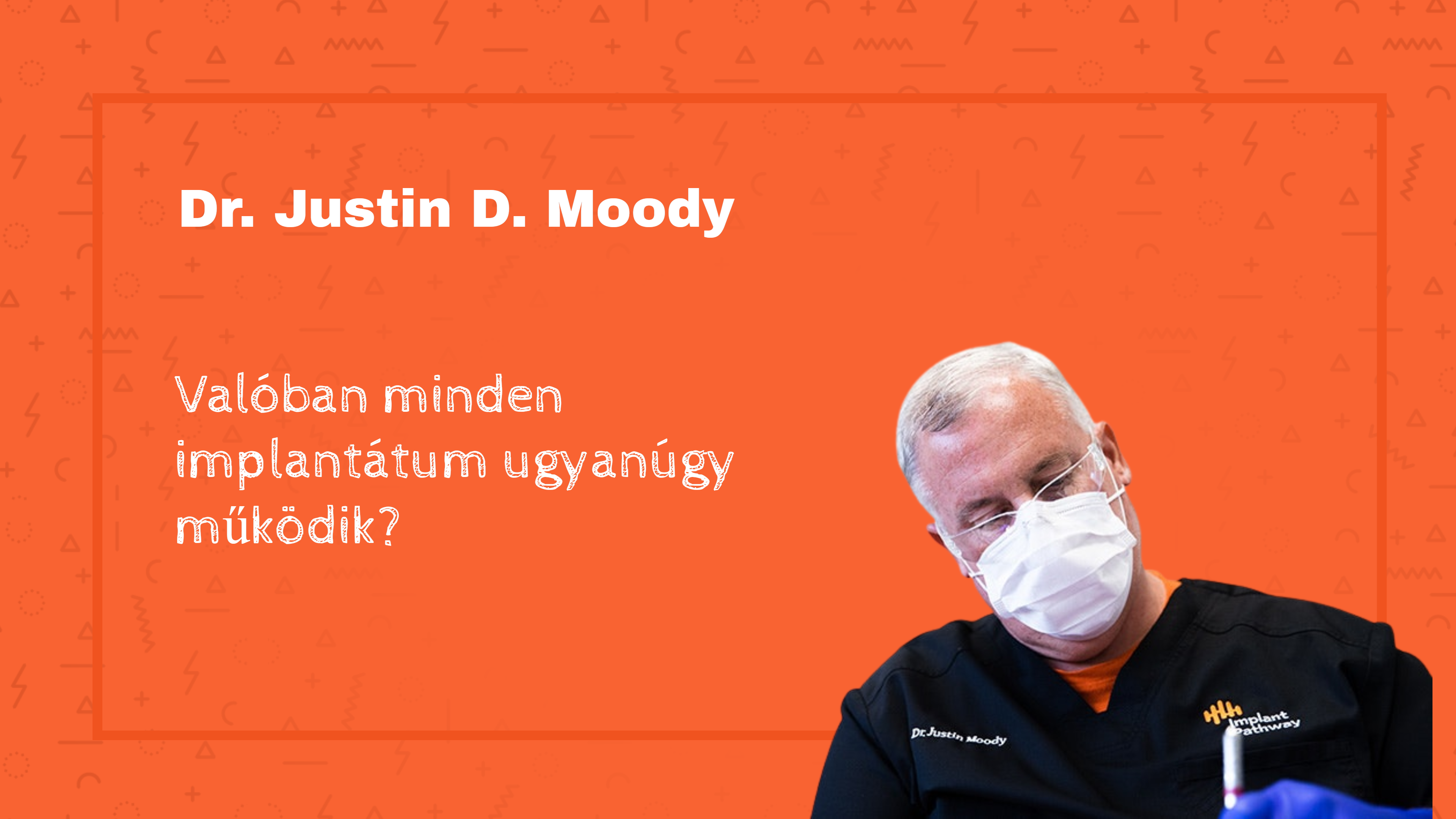When implant design matters
Dr. Justin Moody shows how his implant system of choice, the BioHorizons Tapered Pro Series, combines design aspects for better implant outcomes.
Dr. Justin D. Moody discusses how implant technology continues to evolve
Since the beginning of my implant journey, I have heard many people say, “All implants work the same.” I find this to be true only to the point of asking the human body to make a physical attachment (osseointegration) to a foreign object (the dental implant). In 1998, when I bought my first dental implant system, it was a machined smooth dental implant with holes through the threads in hopes the bone with would grow in them, locking the implant in place. The human body is really amazing as most of these implants did great initially. It was the best we had at the time.
Figures 1-3: The BioHorizons Tapered Pro features unique Laser-Lok microchannels to create connective tissue attachment and retain crestal bone allowing for better control of the esthetic outcomes. Tapered body and aggressive threads provide primary stability.
Now that I am no longer eligible for the new dentist discounts, I am seeing these original cases back, and this is when I am so glad that technology continues to evolve. Bone loss down to the first thread was the norm and taught in textbooks. Today textbooks are discussing zero bone loss. This is why implant design matters today.
Figure 4 (left): Laser-Lok microchannels; Figure 5 (right): The BioHorizons Tapered Pro series.
After using several brands of dental implants, certain design aspects became important to me. These features are not necessarily in order of importance.
Tapered design to mimic the root of the tooth
• Aggressive threads to provide initial stability for immediate loading
• Platform switching to aid in soft tissue bulk
• Restorability of anterior implants
• Surface treatment at the collar to help preserve crestal bone.
Figure 6 (left): A BioHorizons 4.6 x 12 Tapered Pro with wide healing abutment; Figure 7 (right): CEREC scan body for the BioHorizons Tapered Pro to provide same day restoration
Having seen many of these features in the BioHorizons® line, I started placing them in 2007. Now, all of these characteristics are together in the Tapered Pro Series, and that has been a clinical win for me and my clinics.
Figure 8: CEREC Primescan used to create this same day screw retained restoration
Over the last several years, we rarely see crestal bone loss. I attribute this to several factors such as the platform switching and Laser-Lok® microchannels. For stability, we saw an increase in initial torque values and ISQ values with the new thread design and helical cutting apex. Combine this with good surgical technique, and you should have a system in your hands that is reliable and predictable.
There is no substitute for prosthetic and surgical knowledge and education. This is a must prior to investing in an implant system that is right for you. Never stop learning because in my next article, you will see how that has applied to me recently. Cheers! Forrás: Implantpracticeus
Justin D. Moody, DDS, DABOI, DICOI, is a Diplomate in the American Board of Oral Implantology, Diplomate in the International Congress of Oral Implantologists, Honored Fellow, Fellow, and Associate Fellow in the American Academy of Implant Dentistry, and Adjunct Faculty at the University of Nebraska Medical Center.He is an internationally known speaker, founder of the New Horizon Dental Center (nonprofit clinic), and Director of Implant Education for Implant Pathway.
TIP:Besides the BioHorizons Tapered Pro Series, Dr. Justin Moody has more tips on how to grow an implant practice. Watch him in this popular podcast: https://implantpracticeus.com/doctalk-dental/doctalk-dental-dr-justin-moody/
